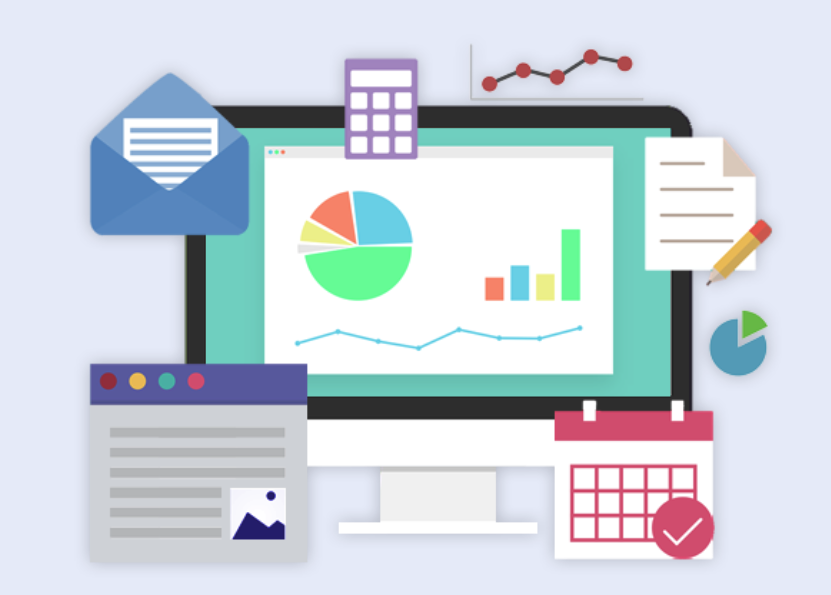Have a Privacy Statement for your Customers
Feb
6
CCPA prohibits businesses from selling their client data. It is very specific about who this rule applies to: any company that operates in California and either makes at least $25 million in annual revenue, gathers data on more than 50,000 users, or makes more than half if its money off user data.
Even if you do not meet these thresholds, it’s important for your business to clearly inform customers how you manage their private information in your website’s privacy statement. A privacy statement explains how you conduct your business online and handle your customers’ sensitive information.
If you do not have a privacy statement, it’s good business practice to review your policies and make a statement publicly visible to your customers. After all, users are getting savvy and they want to know their data is stored safely.
If you are still unsure if any of this applies to your company, PSPinc can help you determine a plan for updating your site. Contact us toll free at 1-800-232-3989 and ask for assistance from our knowledgeable web hosting representatives.











